Contents
- 1 The Revolutionary Onpassive Metro Station: Transforming Urban Transportation
- 2 The Revolutionary Onpassive Metro Station: Transforming Urban Transportation
- 3 All Onpassive Metro Stations and their Locations
The Revolutionary Onpassive Metro Station: Transforming Urban Transportation
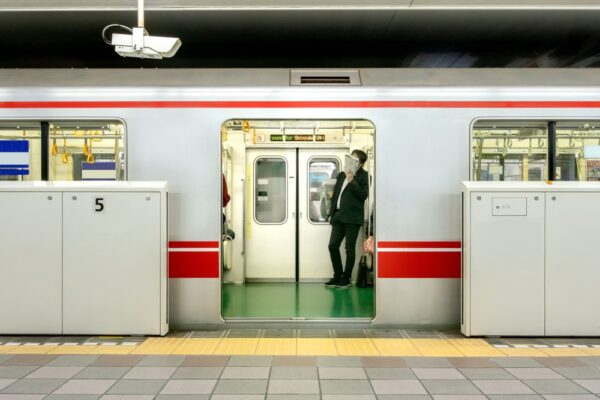
In the realm of modern urban planning, the onpassive metro station stands out as a groundbreaking innovation. This cutting-edge transportation hub is reshaping how city dwellers commute and interact with public transit systems. Let’s delve into the world of the onpassive metro station and explore its transformative impact on urban mobility.
What Makes an Onpassive Metro Station Unique?
The onpassive metro station represents a leap forward in transit technology. Unlike traditional metro stations, these futuristic hubs incorporate advanced AI and IoT systems to streamline passenger flow, enhance safety, and maximize efficiency.
Smart Design for Seamless Travel
At the heart of the onpassive metro station concept is intelligent design. These stations feature:
- Automated entry and exit systems
- Real-time train tracking and passenger information displays
- Climate-controlled waiting areas
- Energy-efficient lighting and ventilation
AI-Powered Crowd Management
One of the most impressive aspects of an onpassive metro station is its ability to manage large crowds effectively. AI algorithms analyze passenger data to optimize train schedules and platform assignments, reducing congestion and wait times.
The Environmental Impact of Onpassive Metro Stations
As cities strive to reduce their carbon footprint, the onpassive metro station plays a crucial role. By encouraging the use of public transportation and incorporating eco-friendly technologies, these stations contribute significantly to urban sustainability efforts.
Sustainable Features
- Solar panels for renewable energy generation
- Rainwater harvesting systems
- Recycling facilities
- Electric vehicle charging stations for last-mile connectivity
Enhancing Passenger Experience
The onpassive metro station prioritizes passenger comfort and convenience. From seamless ticketing systems to immersive retail experiences, these stations are designed to make commuting a pleasant part of the day.
Amenities at Onpassive Metro Stations
- High-speed Wi-Fi throughout the station
- Interactive information kiosks
- Comfortable seating areas with charging ports
- Premium lounges for frequent travelers
The Future of Urban Transit
As more cities adopt the onpassive metro station model, we can expect to see a revolution in urban transportation. These intelligent hubs will serve as the backbone of smart city initiatives, connecting various modes of transport and fostering sustainable urban development.
Integration with Smart City Infrastructure
The onpassive metro station is designed to integrate seamlessly with other smart city systems, including:
- Bike-sharing programs
- Autonomous shuttle services
- Smart parking solutions
- City-wide IoT networks
The Revolutionary Onpassive Metro Station: Transforming Urban Transportation

In the realm of modern urban planning, the onpassive metro station stands out as a groundbreaking innovation. This cutting-edge transportation hub is reshaping how city dwellers commute and interact with public transit systems. Let’s delve into the world of the onpassive metro station and explore its transformative impact on urban mobility.
What Makes an Onpassive Metro Station Unique?
The onpassive metro station represents a leap forward in transit technology. Unlike traditional metro stations, these futuristic hubs incorporate advanced AI and IoT systems to streamline passenger flow, enhance safety, and maximize efficiency.
Smart Design for Seamless Travel
At the heart of the onpassive metro station concept is intelligent design. These stations feature:
- Automated entry and exit systems
- Real-time train tracking and passenger information displays
- Climate-controlled waiting areas
- Energy-efficient lighting and ventilation
AI-Powered Crowd Management
One of the most impressive aspects of an onpassive metro station is its ability to manage large crowds effectively. AI algorithms analyze passenger data to optimize train schedules and platform assignments, reducing congestion and wait times.
The Environmental Impact of Onpassive Metro Stations
As cities strive to reduce their carbon footprint, the onpassive metro station plays a crucial role. By encouraging the use of public transportation and incorporating eco-friendly technologies, these stations contribute significantly to urban sustainability efforts.
Sustainable Features
- Solar panels for renewable energy generation
- Rainwater harvesting systems
- Recycling facilities
- Electric vehicle charging stations for last-mile connectivity
Enhancing Passenger Experience

The onpassive metro station prioritizes passenger comfort and convenience. From seamless ticketing systems to immersive retail experiences, these stations are designed to make commuting a pleasant part of the day.
Amenities at Onpassive Metro Stations
- High-speed Wi-Fi throughout the station
- Interactive information kiosks
- Comfortable seating areas with charging ports
- Premium lounges for frequent travelers
The Future of Urban Transit
As more cities adopt the onpassive metro station model, we can expect to see a revolution in urban transportation. These intelligent hubs will serve as the backbone of smart city initiatives, connecting various modes of transport and fostering sustainable urban development.
Integration with Smart City Infrastructure
The onpassive metro station is designed to integrate seamlessly with other smart city systems, including:
- Bike-sharing programs
- Autonomous shuttle services
- Smart parking solutions
- City-wide IoT networks
All Onpassive Metro Stations and their Locations

The onpassive metro station concept is gaining traction in various cities around the world. While it’s important to note that the specific term “onpassive metro station” is not yet widely used, many cities are implementing smart and technologically advanced metro stations that embody similar principles. Here’s a look at some notable smart metro stations in different locations that share characteristics with the onpassive metro station concept:
Asia
Tokyo, Japan

Tokyo’s metro system is renowned for its efficiency and has been implementing onpassive metro station features in several locations:
- Shinjuku Station – A major hub with AI-driven crowd management
- Tokyo Station – Featuring advanced passenger information systems
Singapore
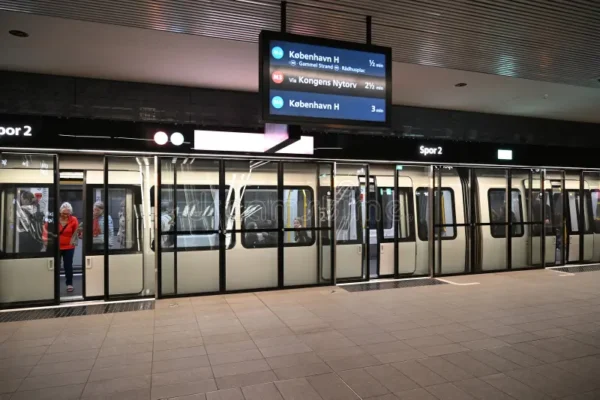
Singapore’s Mass Rapid Transit (MRT) system boasts several stations with onpassive metro station qualities:
- Changi Airport MRT Station – Integrated with the airport’s smart systems
- Marina Bay MRT Station – Utilizing IoT for environmental control
Europe
London, United Kingdom

London Underground has been upgrading stations with smart features:
- King’s Cross St. Pancras – Implementing AI for passenger flow optimization
- Canary Wharf Station – Using smart energy management systems
Copenhagen, Denmark
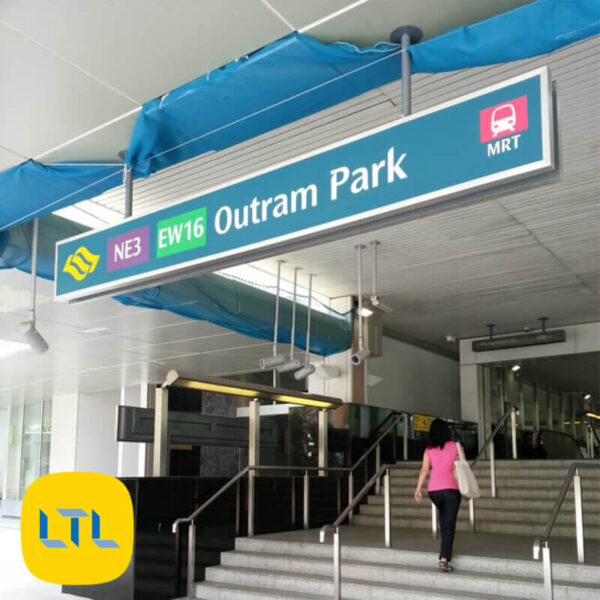
The Copenhagen Metro is fully automated and incorporates many onpassive metro station elements:
- Kongens Nytorv Station – Features driverless trains and advanced passenger interfaces
- Nørreport Station – Utilizes real-time data for train management
North America
New York City, USA
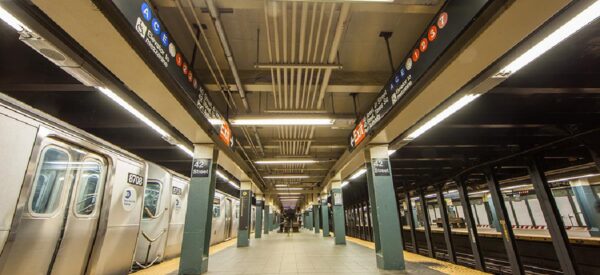
The New York Subway is gradually introducing smart features in its stations:
- Hudson Yards Station – Incorporates modern design with smart ventilation systems
- Fulton Center – Uses daylight harvesting technology and digital wayfinding
Toronto, Canada
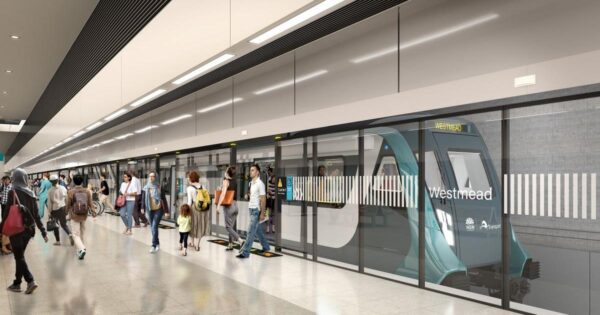
Toronto’s TTC is modernizing its stations with smart technology:
- Union Station – Implementing a new signaling system for improved train control
- Bloor-Yonge Station – Piloting AI-driven crowd management techniques
Middle East
Dubai, United Arab Emirates
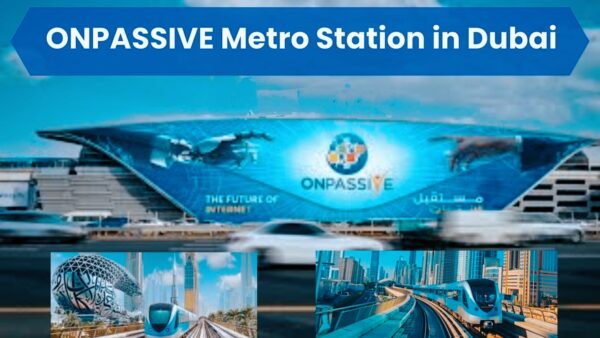
Dubai Metro is one of the most technologically advanced systems globally:
- Burj Khalifa/Dubai Mall Station – Features fully automated, driverless operation
- Dubai Internet City Station – Integrates smart payment systems and digital services
Australia
Sydney, Australia
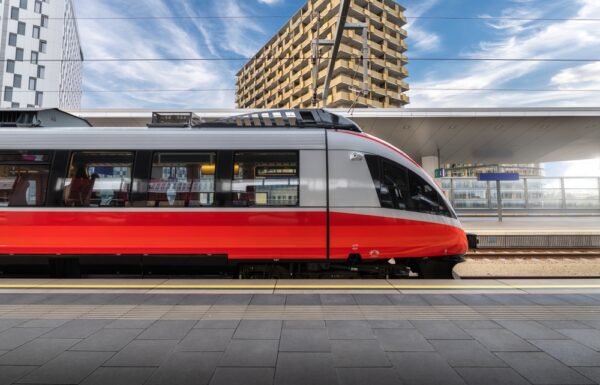
Sydney Metro is Australia’s first fully-automated metro rail system:
- Chatswood Station – Utilizes platform screen doors and advanced signaling
- North Ryde Station – Implements energy-efficient design and smart lighting
While these stations may not be officially called onpassive metro stations, they incorporate many of the smart and automated features that define the onpassive metro station concept. As urban transportation continues to evolve, we can expect to see more stations around the world adopting these advanced technologies and approaches to improve efficiency, sustainability, and passenger experience.
It’s worth noting that the development of onpassive metro stations is an ongoing process, with new innovations being implemented regularly. Cities are continually upgrading their existing infrastructure to meet the standards of smart, efficient, and passenger-friendly transportation hubs.
10 FAQs About Onpassive Metro Stations

1. What is an onpassive metro station? An onpassive metro station is a technologically advanced public transit hub that uses AI, IoT, and smart systems to optimize operations, enhance passenger experience, and improve urban mobility.
2. How does an onpassive metro station differ from a traditional metro station? Onpassive metro stations incorporate advanced technologies like AI for crowd management, real-time data analytics, and automated systems, which traditional stations typically lack.
3. Are onpassive metro stations more expensive to build? Initially, yes. The upfront costs are higher due to advanced technology integration. However, they often prove more cost-effective in the long run due to increased efficiency and reduced operational costs.
4. Can onpassive metro stations handle higher passenger volumes? Yes, these stations are designed to manage larger crowds more efficiently through AI-powered crowd management and optimized train scheduling.
5. What safety features are incorporated in onpassive metro stations? They include AI-powered surveillance, facial recognition, intelligent video analytics, and advanced cybersecurity measures to protect both physical and digital assets.
6. How do onpassive metro stations contribute to sustainability? They incorporate eco-friendly features like solar panels, energy-efficient systems, and promote public transportation use, reducing overall urban carbon emissions.
7. Are onpassive metro stations accessible for people with disabilities? Yes, they are designed with universal accessibility in mind, often featuring advanced guidance systems and infrastructure to assist passengers with various disabilities.
8. Can onpassive metro stations adapt to changing passenger needs? Absolutely. The AI systems in these stations continuously learn and adapt to changing passenger patterns and needs, allowing for dynamic adjustments to services.
9. What kind of data do onpassive metro stations collect? They collect data on passenger flow, train timings, energy usage, air quality, and security events. This data is used to optimize operations and improve services.
10. How secure are the digital systems in onpassive metro stations? Onpassive metro stations employ robust cybersecurity measures, including end-to-end encryption, regular security audits, and redundant systems to ensure high levels of digital security.
These answers provide a comprehensive overview of the key aspects of onpassive metro stations, addressing common queries about their functionality, benefits, and challenges.
As we look to the future, it’s clear that the onpassive metro station will play a crucial role in shaping smart, sustainable cities. By embracing this innovative approach to public transportation, urban planners and policymakers can create more efficient, environmentally friendly, and people-centric transit systems for generations to come.
As cities continue to grow and evolve, the onpassive metro station will undoubtedly play a pivotal role in shaping the future of urban transportation. By combining cutting-edge technology with thoughtful design, these innovative hubs are set to redefine the way we think about public transit and city living.





